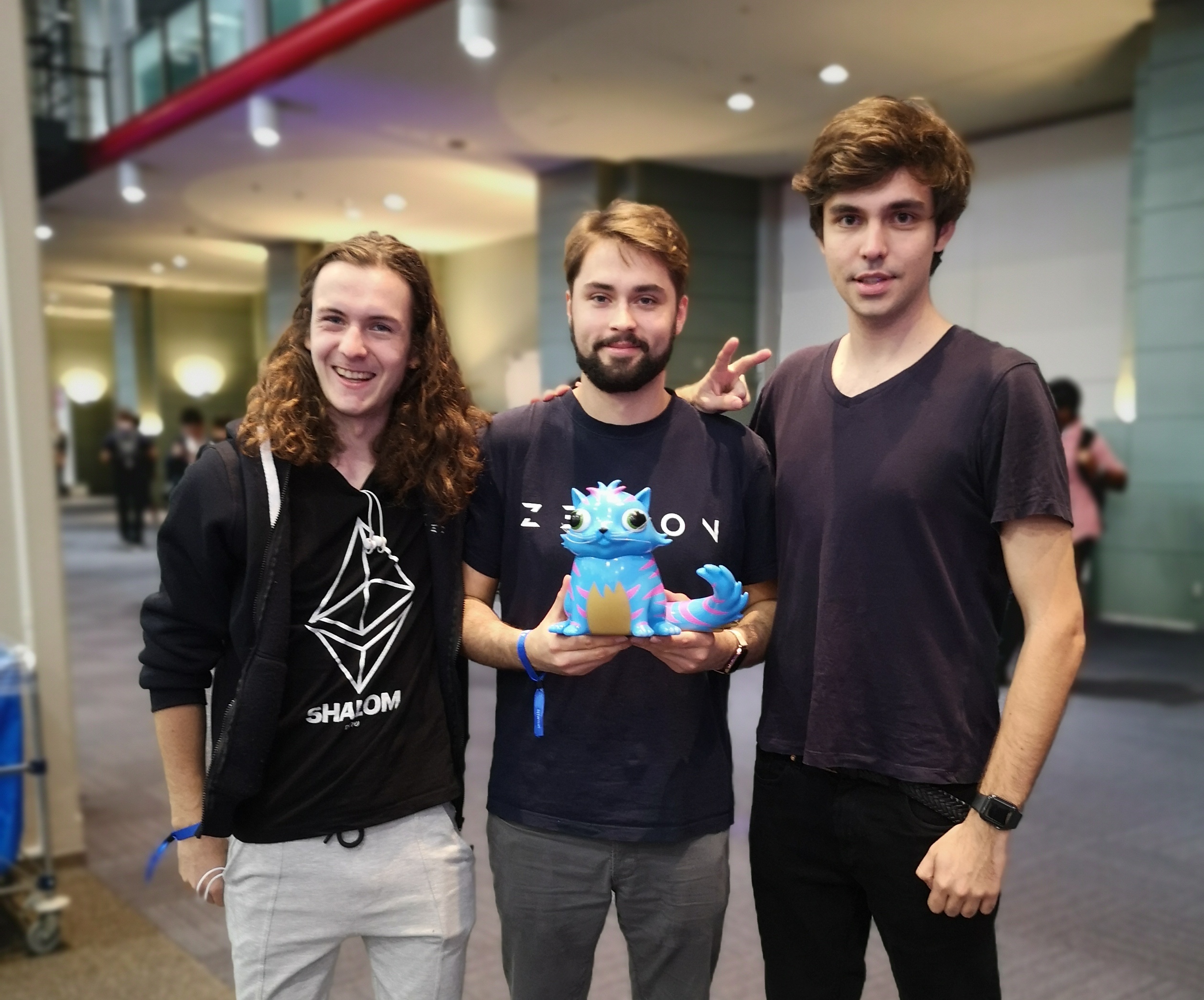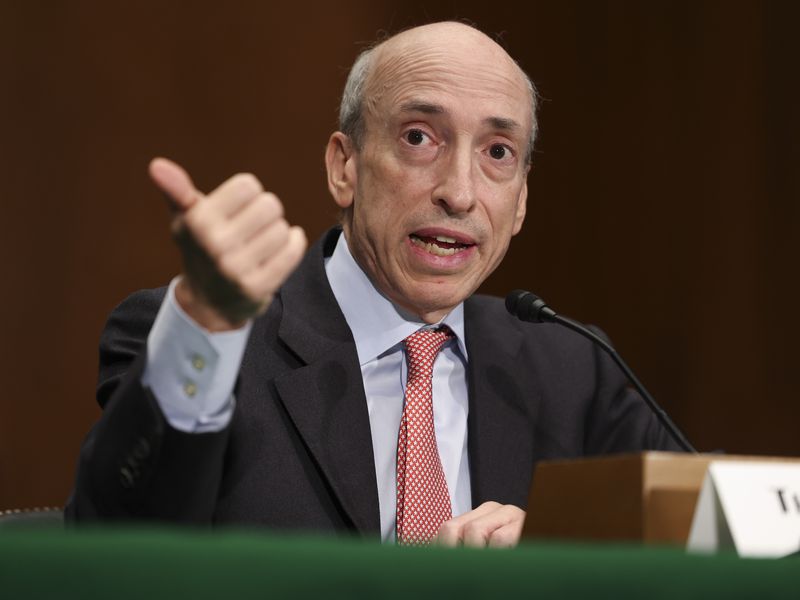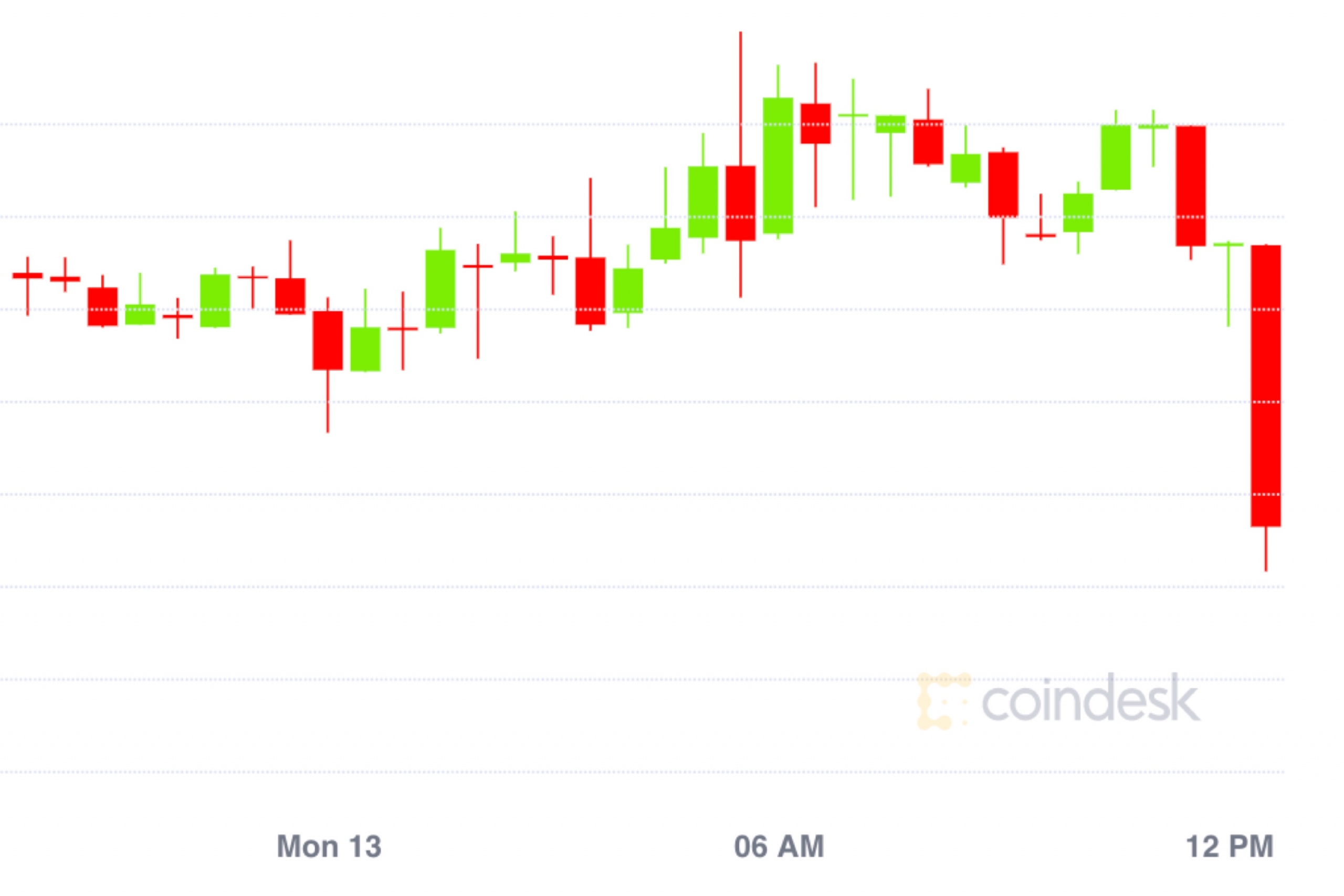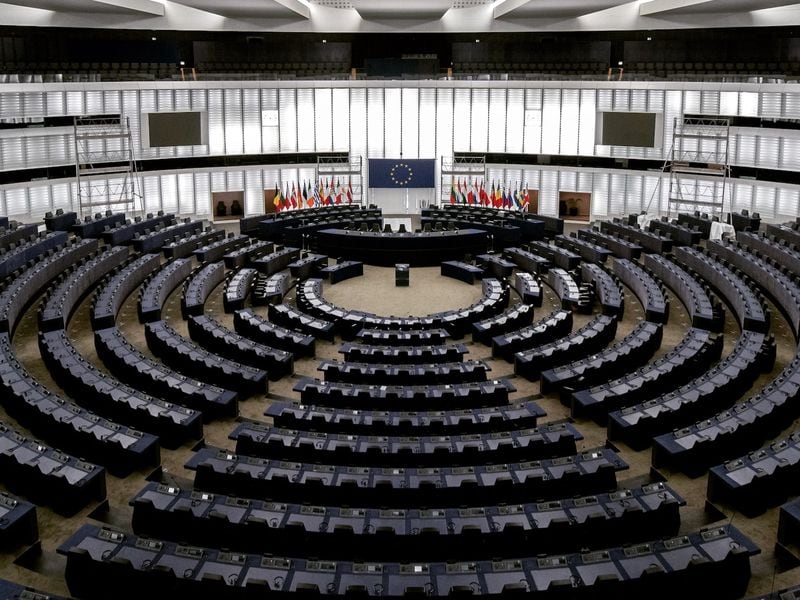First Mover Asia: Crypto’s Narrative of This Season Is No Narrative at All
Good morning. Here’s what’s happening:
Prices: Crypto’s narrative this year has varied so widely that one dominant thread is difficult to pin down. BTC was hovering comfortably above $27K.
Insights: Crypto in Hong Kong won’t resemble what it looked like in previously, if the government passes proposed crypto exchange rules.
Bitcoin Rises Slightly and Waits
Bitcoin is starting the trading day in East Asia up 0.9% to $27,139, while ether is up 1.5% to $1,849.
Are we in a meme coin season? A hedge against risk season? Or a risk asset season?
Tough to tell these days.
One day it seems like bitcoin and ether are making a slow and steady push upwards, then the next memecoin comes along and shoots into the stratosphere. On other days it seems like there’s a flight to quality. Consider the data point of staked ether hitting an all-time high.
Since Ethereum’s Shapella upgrade on April 12, the amount of staked ether has surged, CoinDesk recently reported, with 4.4 million more coins deposited for staking.
All this is despite over a month’s wait to become a network validator, driven by large ether holders seeking passive income, and anticipated deflationary forces that may increase ether’s price, making the 4-5% annual yield an attractive proposition.
“With Ethereum’s Shanghai over and investors nursing memecoin hangovers, the crypto market is ‘sans narrative,’ Charmyn Ho, head of crypto insights at Bybit, wrote in a note to CoinDesk.
Ho writes that the imminent Ethereum EIP-4844 upgrade, which boosts transaction throughput via a process called proto-danksharding, could favor Layer 2 solutions like Arbitrum, Optimism, and promising new entrants like Mantle, possibly ushering an “L2 season,” while the altcoin market drifts towards Bitcoin amid a fluctuating yield curve.
But right now, the narrative is tricky to pin down.
“With most coins struggling to break their 20-week moving averages, it seems premature to talk of an incoming ‘altseason’ or ‘memeseason’,” Ho said. “Indeed, we are still seeing capital move the opposite way – from altcoins to Bitcoin and Ethereum. As a result, most altcoins are falling on their BTC pairs.”
Biggest Gainers
Biggest Losers
New Hong Kong Rules Value TradFi Chops
A few months ago, crypto Twitterati thought that Hong Kong’s upcoming virtual asset rules would unlock a geyser of degen capital and jumpstart the China crypto narrative.
After all, Hong Kong was, at one time, the home of crypto’s growth story in its early days. Binance, Bitfinex, Tether, Justin Sun, and many other crypto stakeholders as well as Initial Coin Offering (ICO) teams once called Hong Kong home as the city’s fast-paced and free-flowing markets on overdrive were a natural match for crypto.
It was hoped that all this would make Hong Kong’s crypto scene great again – bringing back the fast times of the past.
But the Securities and Futures Commission’s (SFC) latest draft of the guidelines that came out Tuesday afternoon Hong Kong time discouraged the idea.
Currently, most of the virtual asset trading platforms accessible to the public are not regulated by the SFC, and the SFC hasn’t announced a list of license applicants.
Taking a glimpse at this draft, which plays a part of the consultation process, the SFC is beating down the idea that crypto in 2023’s Hong Kong is going to be like anything of the past.
Retail Can Trade – After Onboarding
Yes, retail investors will be able to trade crypto in Hong Kong. But not every retail investor will be able to trade crypto in Hong Kong.
The exact criteria of what constitutes an onboarding process hasn’t been precisely defined, but the SFC says that the automatic trading nature of virtual assets “necessitates strict requirements”.
Platform operators must ensure the suitability of retail clients through comprehensive onboarding processes, the SFC says, including risk tolerance assessment and a holistic evaluation of an investor’s understanding of virtual assets based on their education, work, and prior trading experience.
Platforms will be required to establish limits on the size of positions, and the SFC says that exact exposure limit will be determined based on a know-your-client process the exchange conducts.
TradFi Licenses Prioritized
On top of these exchanges, just like any other traditional financial institution in Hong Kong, will be two key positions: the Responsible Officer and the Licensed Representative.
These individuals will generally have to fit within the criteria the SFC uses for these roles in the TradFi space. They must have a combination of relevant degrees (though does such a thing exist for crypto?), management experience and local equivalents to FINRA licenses from the Hong Kong Securities and Investment Institute.
It’s understood that many exchanges intending to apply for licenses in Hong Kong, such as Binance, have begun to heavily hire ex-TradFi types who hold these licenses – crypto knowledge be damned.
Exchanges Must Provide Financial Disclosures
The new regulations mandate crypto exchanges to maintain a minimum of HKD 5,000,000 ($640,000) in capital at all times and submit monthly financial reports to the SFC, which include a summary of both assets (in particular where and when they are deposited) as well as liabilities such as bank loans or other credit facilities.
Post-FTX, many exchanges are publishing Proof of Reserves, a form of on-chain audit to build confidence in their liquidity. However, these have been criticized for lacking one key metric – liabilities. It looks like this requirement from the SFC will address this.
Not Every Token Can Be Listed; Retail Won’t Have Stablecoins
Part of the SFC’s proposed rules is what effectively amounts to a 12-month cooling-off period between the launch of a token and when it’s able to be listed on regulated exchanges.
“While a 12-month requirement may not have prevented the recent collapses of some tokens, this requirement aims to reduce the risk of reasonably hard-to-detect fraud as well as the possible impact on the price of a token of the marketing efforts leading up to its initial offering,” the SFC writes.
Listed tokens must also have a smart contract audit completed by an independent assessor. As well, tokens must be large-cap virtual assets included in at least two acceptable indices issued by two independent index providers.
However, the SFC said that it doesn’t feel it would be “appropriate” to publish a list of virtual assets eligible for retail trading.
Perhaps the most controversial part of this would be the ban on stablecoins for retail traders, as the SFC finds them unsuitable for retail traders due to the propensity for runs and the lack of regulation.
FTX customers in Japan live in something of a parallel universe to their peers elsewhere.
Because rules in Japan – implemented post-Mt. Gox – require exchanges that operate in the company to use third-party custodians that segregate funds, Japanese customers have been able to withdraw crypto and fiat from FTX Japan since early February.
But this won’t be the case in Hong Kong.
The SFC says that since there is no regulatory regime for custodians of virtual assets, allowing that would hinder their supervision and enforcement.
This could be considered counterintuitive, since many crypto custodians already exist in Hong Kong, like Hex Trust. Alessio Quaglini, the CEO of Hex Trust, has long called for specific custodian rules for digital assets, but it looks like that request has met deafening silence.
2:009 a.m. HKT/SGT(18:00 UTC) United States FOMC Minutes
In case you missed it, here is the most recent episode of “First Mover” on CoinDesk TV:
The new CEO of FTX, John Ray III, billed just over 6.5 hours in his last cycle reviewing and working on what appears to be FTX 2.0 materials. Laura Shin, “The Cryptopians” author and “Unchained” podcast host joined “First Mover” to discuss. Plus, LUKSO co-founder and chief blockchain architect Fabian Vogelsteller discussed LUKSO’s upcoming mainnet launch. And, bitcoin (BTC) was back above $27,000 – as President Biden and House Speaker Kevin McCarthy left their meeting on Monday without having reached a deal on the debt ceiling. Unizen head of research and analytics Ajay Dhingra shared his crypto markets analysis.
LabDAO Raises $3.6M to Decentralize Drug Discovery: The project also launched its new PLEX client that eases the burden of resource-intensive computations for scientific data.
Number of Ether Staked Has Surged by 4.4 Million Since Shapella Upgrade: Staking refers to locking coins in the blockchain network in return for rewards.
Aave V2 Users Temporarily Unable to Access $120M on Polygon After Governance Bug: All funds remain safe and a governance proposal is underway to update the faulty strategy, developers said.
Shiba Inu’s Puppynet Testnet Logs 10M Transactions, Putting Ecosystem Tokens in Focus: Ecosystem tokens shiba inu, leash and bone will be used to transact on the upcoming Ethereum-based blockchain.
Edited by James Rubin.








